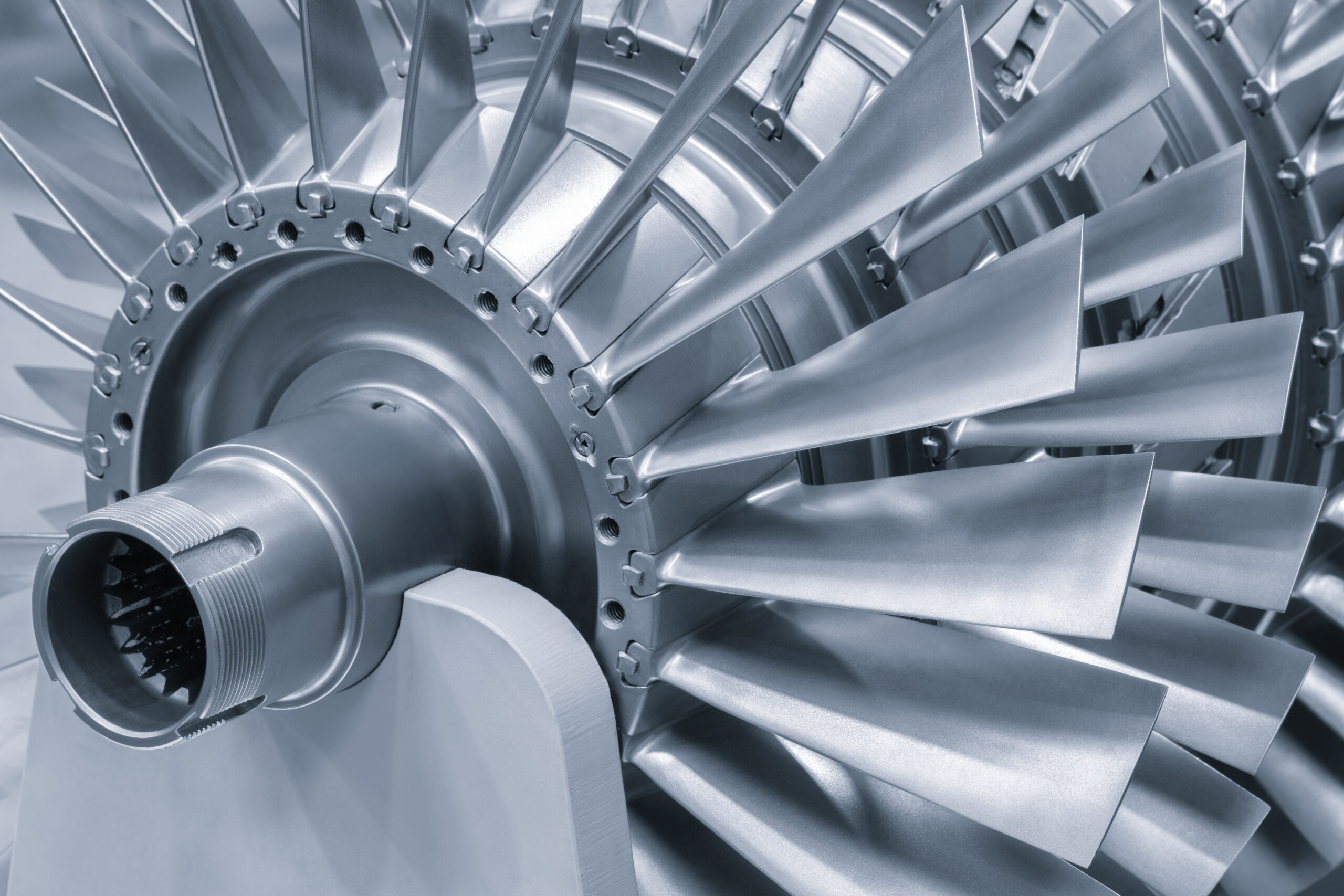
Deburring
What is
Robotic deburring is an industrial automation technique that uses robots to remove burrs and irregularities from machined parts. This process is crucial to ensure that finished components are defect-free and ready for assembly or final use. Deburring is especially important in industries such as automotive, aerospace, metalworking, and plastic manufacturing.
Common application

Metal Components
Deburring of turned, milled, or stamped parts such as gears, housings, and structural components.

Plastic Components
Removal of burrs from injection-molded parts.

Composite Material
Deburring of carbon fiber parts or other composite materials.

Aerospace Industry
Deburring of critical components that require high precision and surface quality.
Advantage of Robotic Deburring
Increased Productivity
Robotic systems can operate continuously without interruptions, significantly boosting productivity compared to manual processes.
Consistent Quality
Robots ensure consistent and repeatable quality in burr removal, eliminating the variations that can arise from manual work.
Flexibility
Robots can be programmed to handle various types of parts and deburring processes, easily adapting to new products or changes in production requirements.
Reduced operational costs
Although the initial investment may be high, automation reduces long-term costs due to greater efficiency and fewer errors.
Safety
Robots perform potentially hazardous tasks, reducing the risk of injuries for human operators.
